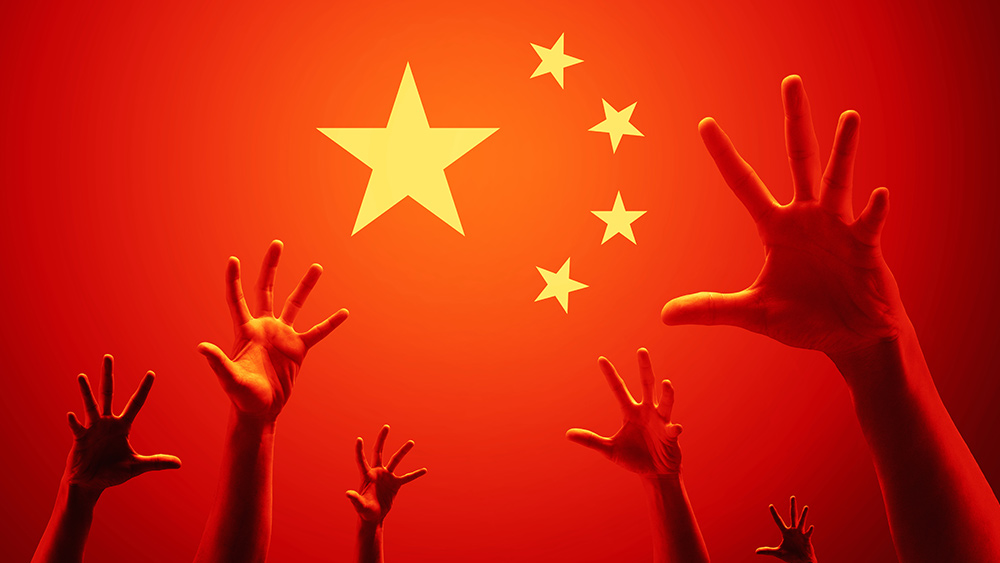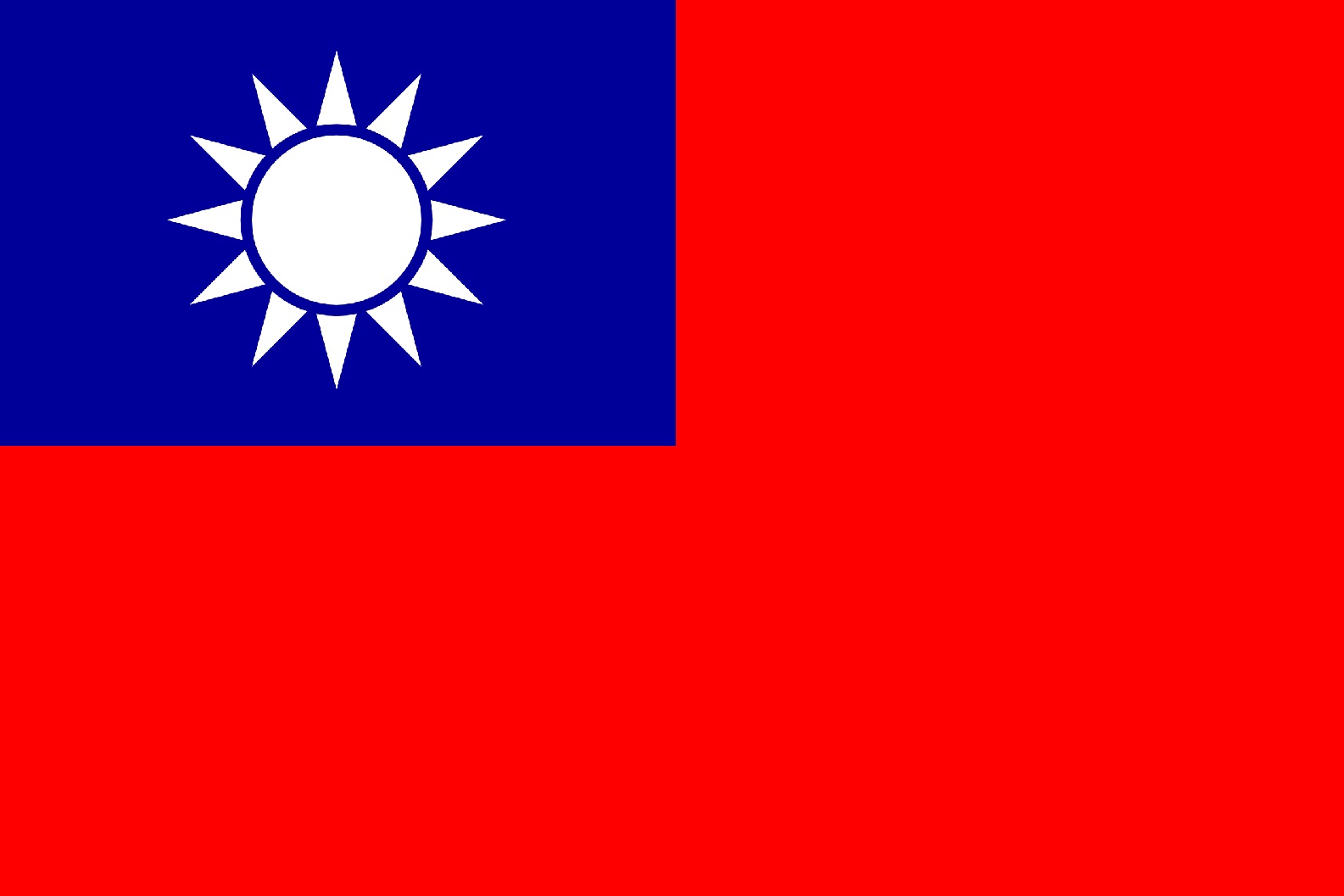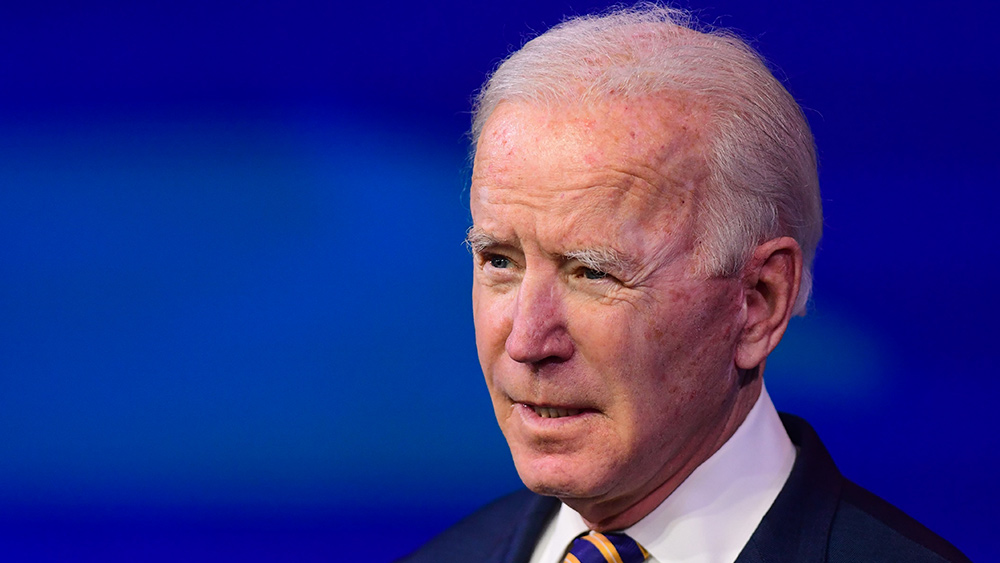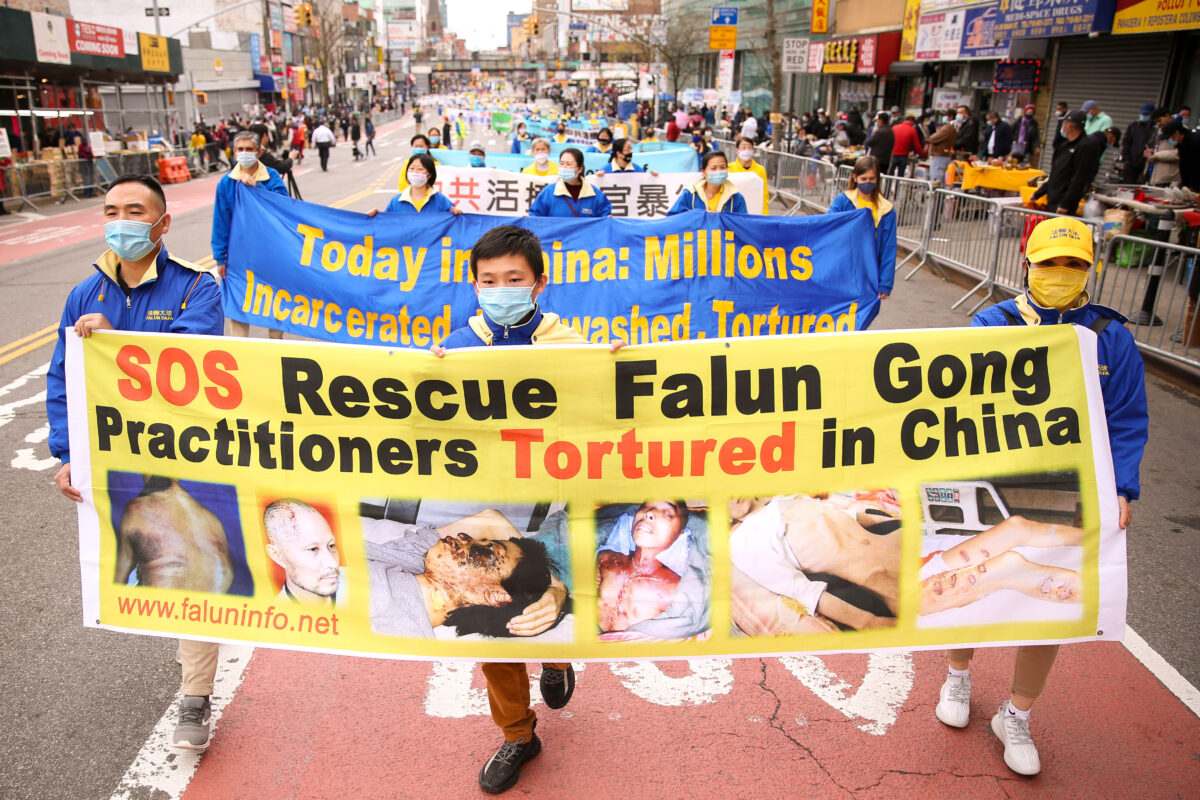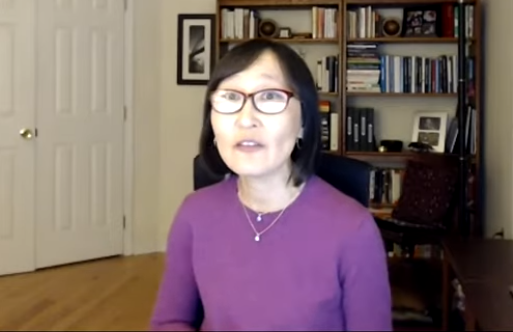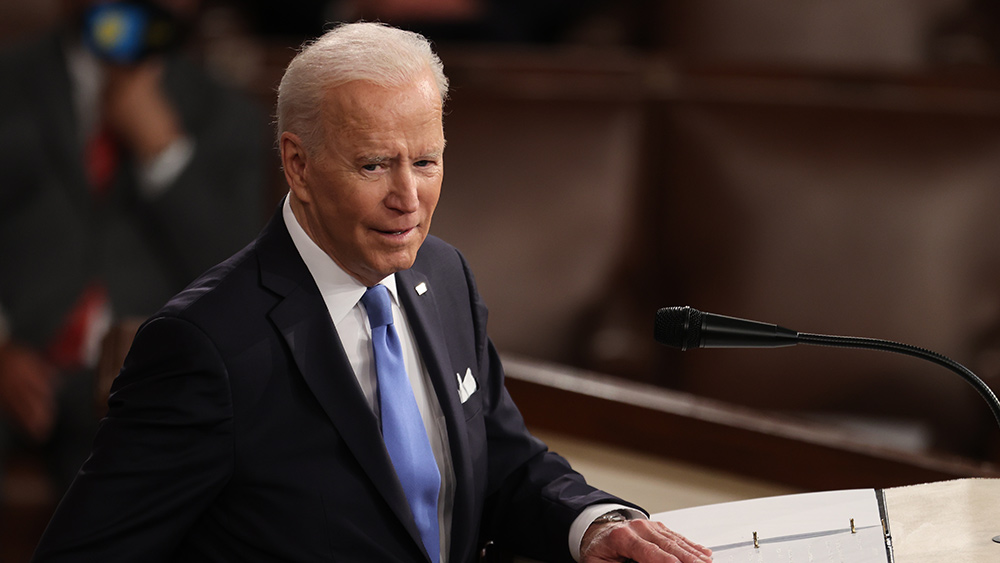Taiwan reports largest ever incursion by Chinese warplanes
07/05/2021 / By Franz Walker
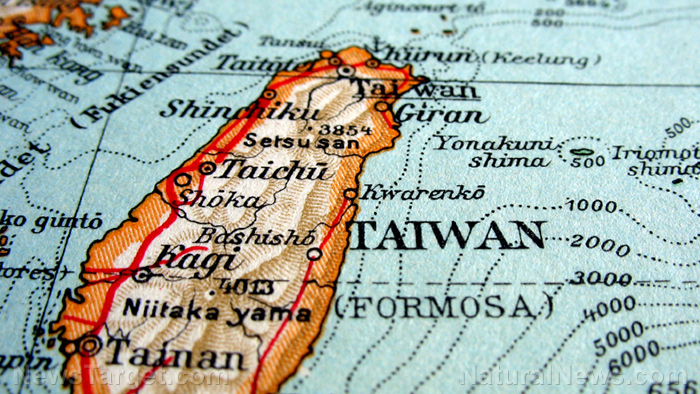
Taiwan reported the largest ever incursion of Chinese military aircraft into its air defense identification zone (ADIZ) to date on June 15.
The incursion involved 28 aircraft from the People’s Liberation Army Air Force (PLAAF), including fighters and nuclear-capable bombers. Its size surpassed the previous peak of 25 aircraft reported by Taiwan on April 12.
Beijing continues to claim full sovereignty over Taiwan, a small democratic island nation of almost 24 million people located off the southeastern coast of mainland China. This is despite the fact that both sides have been governed separately for more than seven decades.
Incursion possibly in response to G7 statement, U.S. Senate mission to Taiwan
While China has yet to make any comment on the issue, the incursion comes after leaders of the Group of Seven (G7) nations issued a joint statement on June 13. The statement condemned China for a series of issues and underscored the importance of peace and stability across the Taiwan Strait. Beijing has since condemned the statement as slander. (Related: G-7 leaders call out China over human rights abuses.)
Analysts say that the overflight likely served several purposes for China. It demonstrated the strength of the PLAAF to a domestic audience and gave the Chinese air force the intelligence and skills it would need in any potential conflict involving Taiwan.
It also followed the June 6 landing of a U.S. Air Force (USAF) C-17 transport jet in the Taiwanese capital of Taipei. This event was likely perceived by Beijing as a “humiliating defiance” of its claim of sovereignty over Taiwan, according to RAND Corp senior international defense researcher Timothy Heath. International norms strictly regulate the landing of any military aircraft on another nation’s soil.
The C-17 in question was carrying a U.S. Senate delegation to Taiwan. This was part of a planned announcement regarding the donation of 750,000 COVID-19 vaccine doses. The landing did not have specific authorization from Beijing.
Heath said that the incursion on Tuesday showed Chinese domestic audiences that China would respond militarily to a U.S.-Taiwan incident that Chinese authorities and media have denounced as extremely provocative. “The incursions also signaled to Taiwan and the U.S. that China regarded the military cooperation as a threat,” he added.
However, other analysts say that it was highly unlikely Beijing put together the complex 28-plane incursion in just 48 hours after the G7 statement.
“Can you get a presidential-level decision in China that quickly for something as complex as that? I doubt it,” said Drew Thompson, a former U.S. Department of Defense official. “I think we can probably conclude that this was a series of planned exercises that probably the timelines were tweaked so that more aircraft could be added on short notice.”
Thompson also said that the PLAAF’s flights adhered to international law as they did not violate Taiwanese airspace, which extends 12 nautical miles. Instead, the Chinese aircraft only went into the ADIZ, which is an area any nation can set as it pleases.
Beijing increasing incursions into Taiwan’s ADIZ
Over the past few months, Taiwan has complained of repeated incursions by PLAAF aircraft into its ADIZ. These have mostly been concentrated in the southwestern part of the country, around the Taiwan-controlled Pratas Islands.
This most recent mission involved 14 J-16 and six J-11 fighters as well as anti-submarine, electronic warfare and early warning aircraft. It also involved four H-6 bombers, each capable of carrying nuclear weapons.
Taiwan’s Ministry of Defense said that it dispatched combat aircraft to intercept and warn away the Chinese aircraft. Missile systems were also deployed to monitor them. In addition to flying around the Pratas Islands, some of the fighters and bombers flew around the southern tip of the island.
In the past, China has described such missions as necessary to protect the country’s sovereignty and deal with “collusion” between Taiwan and the United States. (Related: Taiwan looking to buy long-range cruise missiles from US.)
China describes Taiwan as its most sensitive territorial issue, a red line that it warns the U.S. should not cross. Beijing has never renounced the possibility of using force to ensure eventual reunification.
Follow CommunistChina.news for more on the threat China poses to peace in East Asia.
Sources include:
Tagged Under: air defense identification zone, bombers, bully, communist China, g7, incursion, military, national security, nuclear weapons, People's Liberation Army, sovereignty, Taiwan, threat, war
RECENT NEWS & ARTICLES
COPYRIGHT © 2020 Communism.news
All content posted on this site is protected under Free Speech. Communism.news is not responsible for content written by contributing authors. The information on this site is provided for educational and entertainment purposes only. It is not intended as a substitute for professional advice of any kind. Communism.news assumes no responsibility for the use or misuse of this material. All trademarks, registered trademarks and service marks mentioned on this site are the property of their respective owners.


